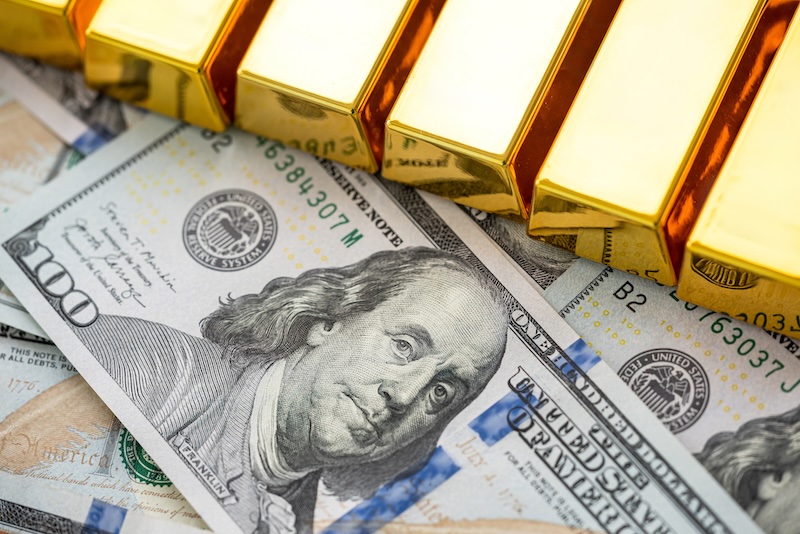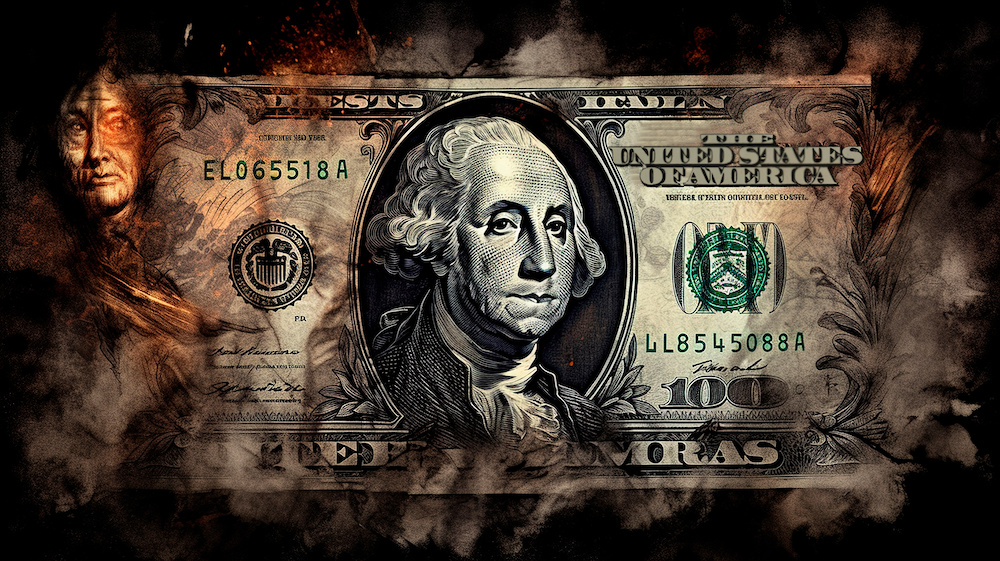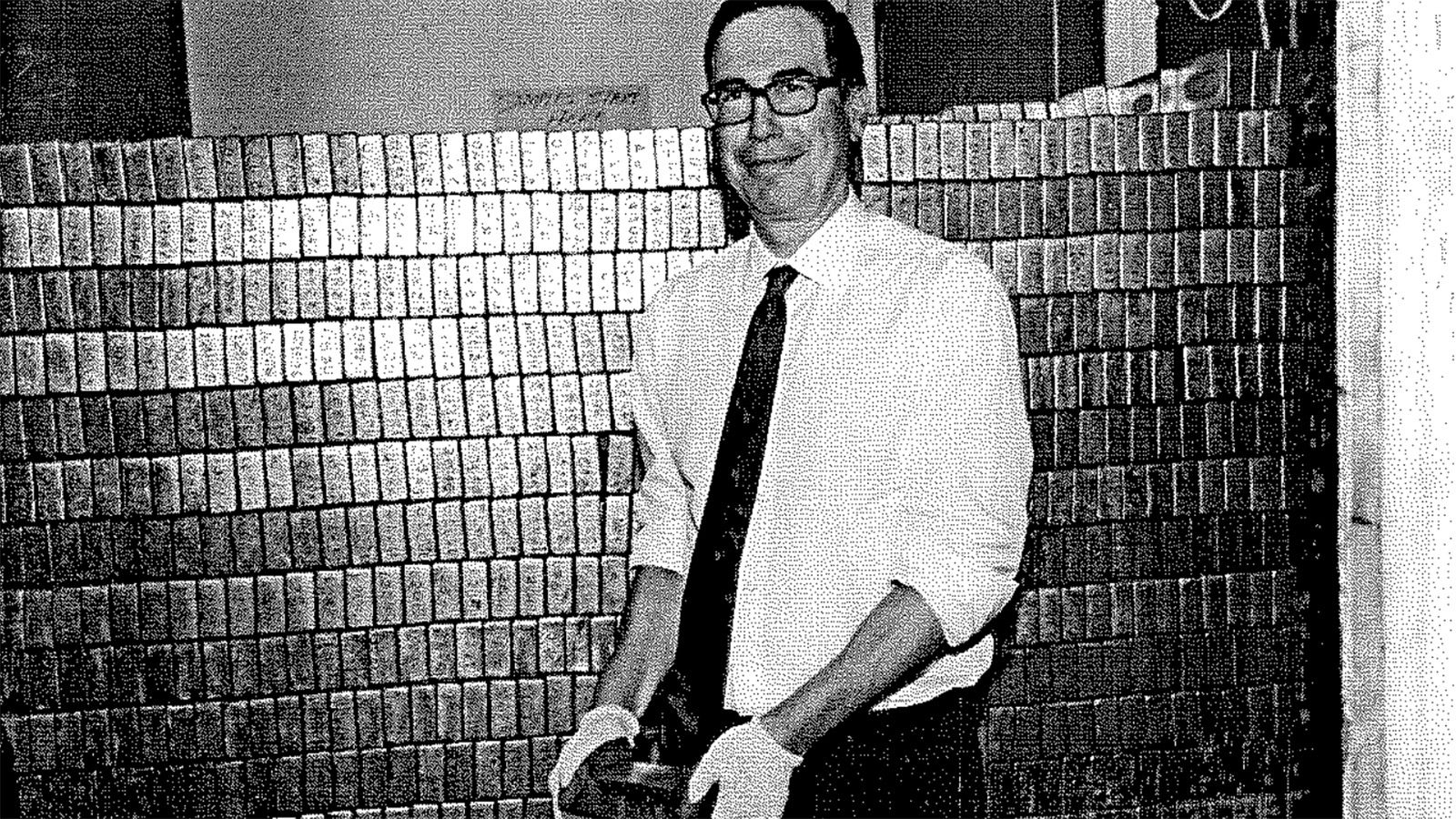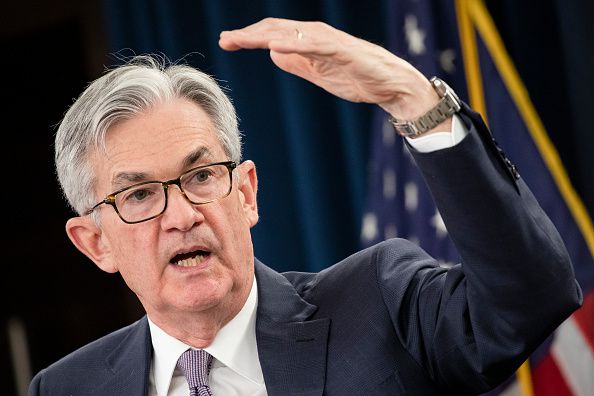The dollar is quickly losing ground in the global south as BRICS countries initiate trade deals in local currencies.
China and Brazil announced this week a new trade deal that will be settled in their own currencies. The news comes amid reports that the Chinese RMB has surpassed the Euro to become the currency with the second largest reserves held by Brazil.
Yet, the dollar still represents more than 80% of the countries foreign reserves.
The central bank report also shows that the value of Brazil’s international reserves lost over $37.5 billion in 2021 and 2022, due in large part to lower returns amid the US Federal Reserve’s rate hikes and dollar manipulation.
China has been Brazil’s largest trading partner, overtaking the United States in 2009. China has pledged to continue making significant investments in the largest economy in South America, with major spending across energy, mining, agriculture and information-and-communication technology.
As of February 2023, the Central Bank of Brazil reported gold holdings worth $7.602 billion, down slightly from $8.103 billion in March of 2022. It’s probable that some of the gold that China has been stockpiling was exchanged for yuan.
China continues pushing trade in the southern hemisphere moving bilateral trade agreements away from the dollar as part of the overall “One Belt One Road” initiative.
The Bank of International Settlements (BIS), the driving force pushing for global CBDC adoption and the organization that controls the SWIFT banking network lists gold bullion as a Tier 1 asset alongside United States Treasury Bills.
Rio-based Banco BOCOM BBM, a subsidiary of China’s fifth largest bank will be connected to the Cross-border Interbank Payment System (CIPS), bypassing the SWIFT network to support trade settlements directly in renminbi.
BRICS countries have been buying gold and stocking up their reserves in anticipation for more than a decade establishing stronger trade ties among the emerging economies. Over the last decade, Russia alone has quintupled their central bank gold holdings affirming its strong leadership role with the emerging Moscow World Standard for clearing commodities outside of Western manipulated markets.
Central Banks will continue to buy gold in large amounts to provide scaffolding for larger bilateral trade deals in local currency in preparation for the announcement of a BRICS basket currency that is expected to come during the BRICS Summit in South Africa in August of this year.
The price of gold has been trending higher this year as mainstream and retail investors continue to hedge riskier portfolio holdings due to tremendous uncertainty in the dollar’s global dominance.





